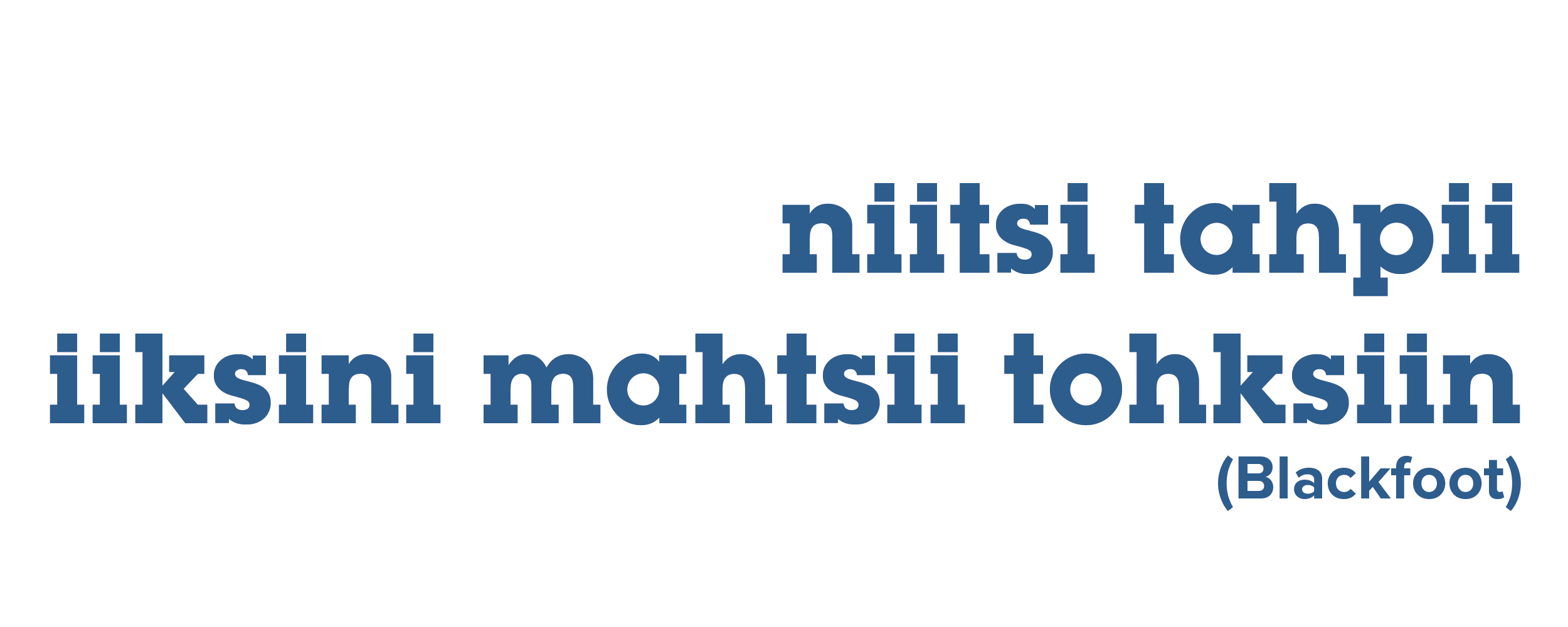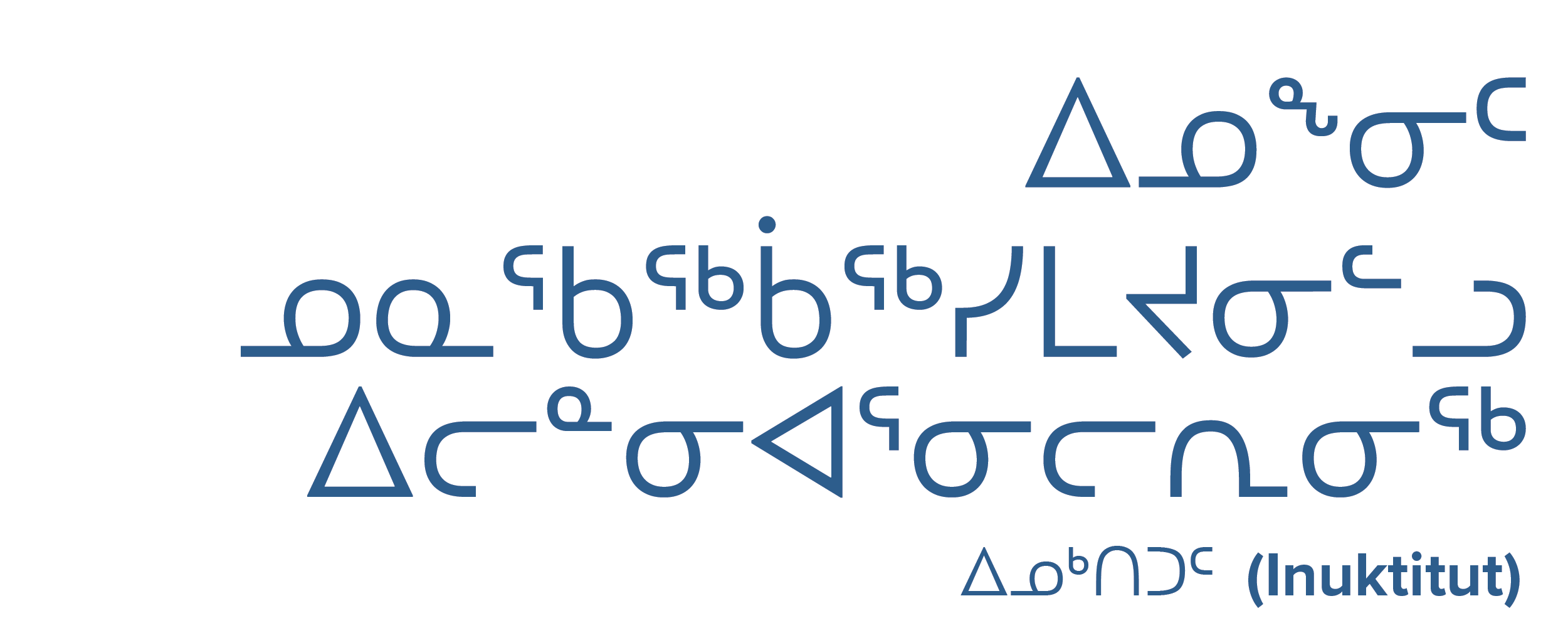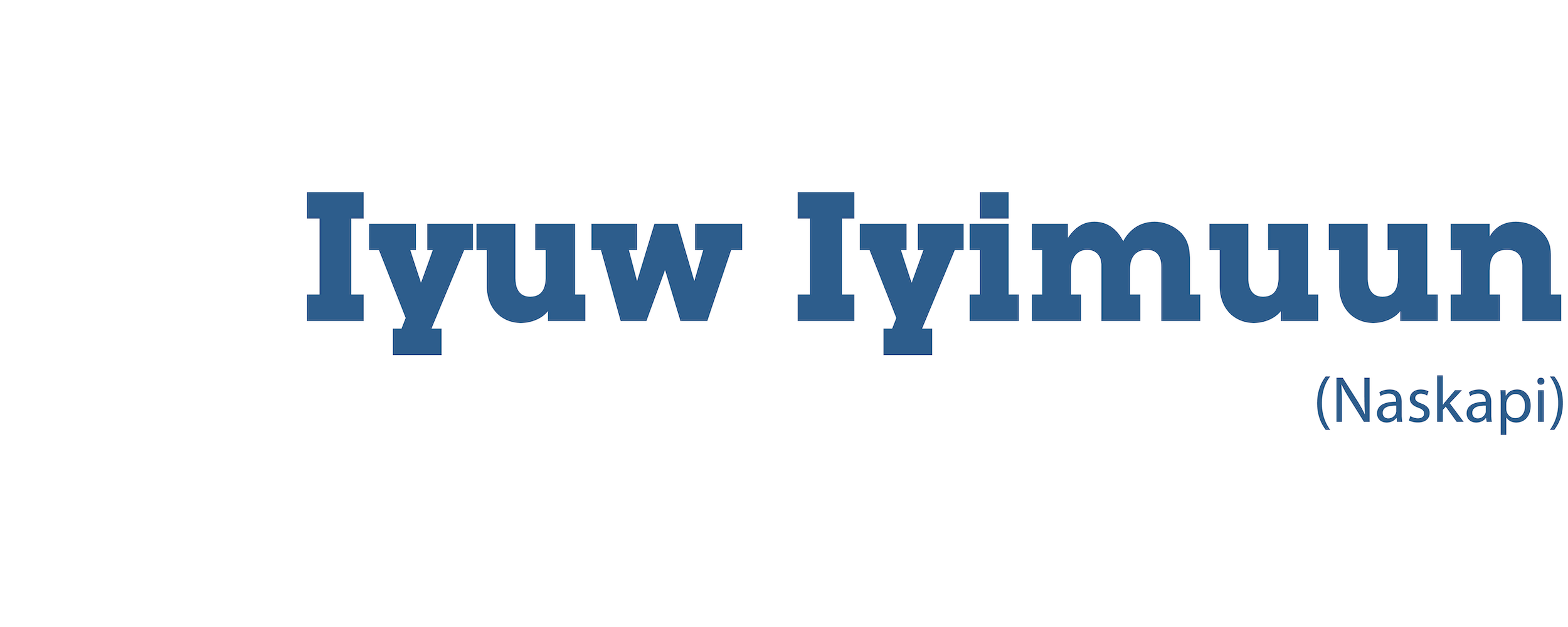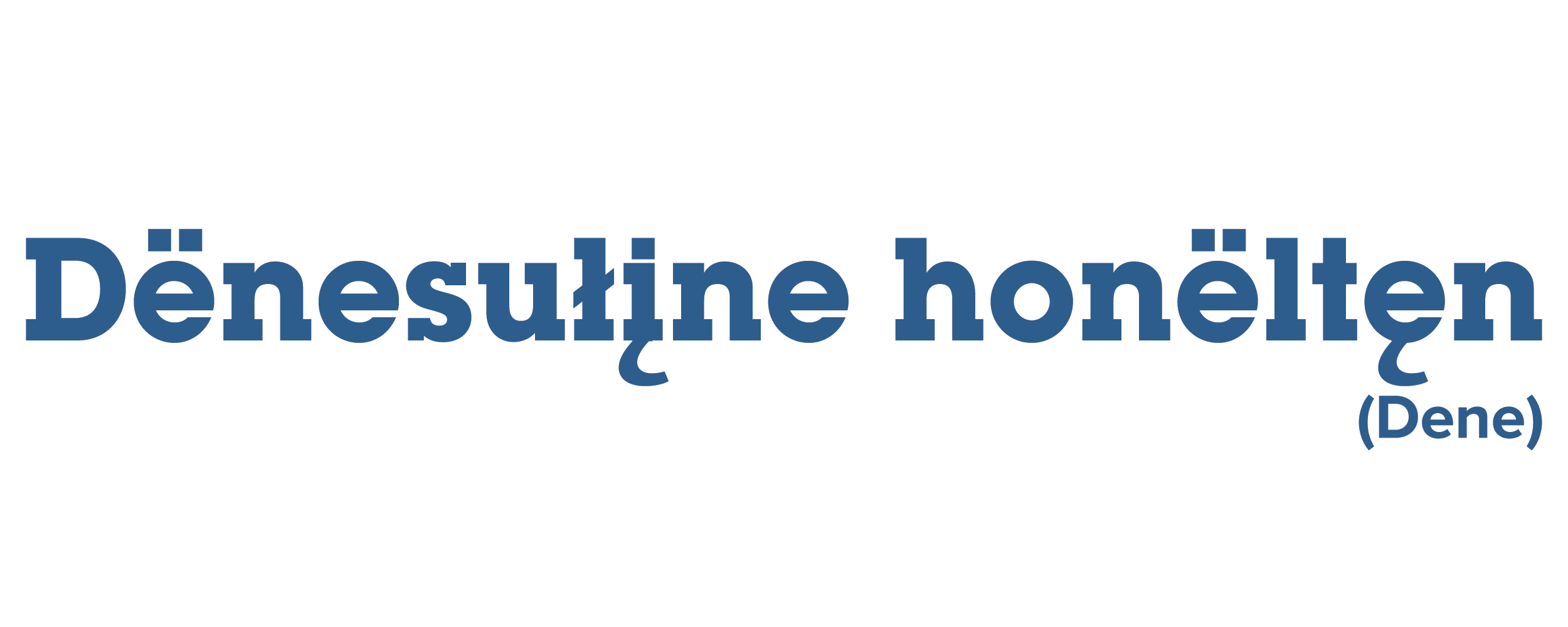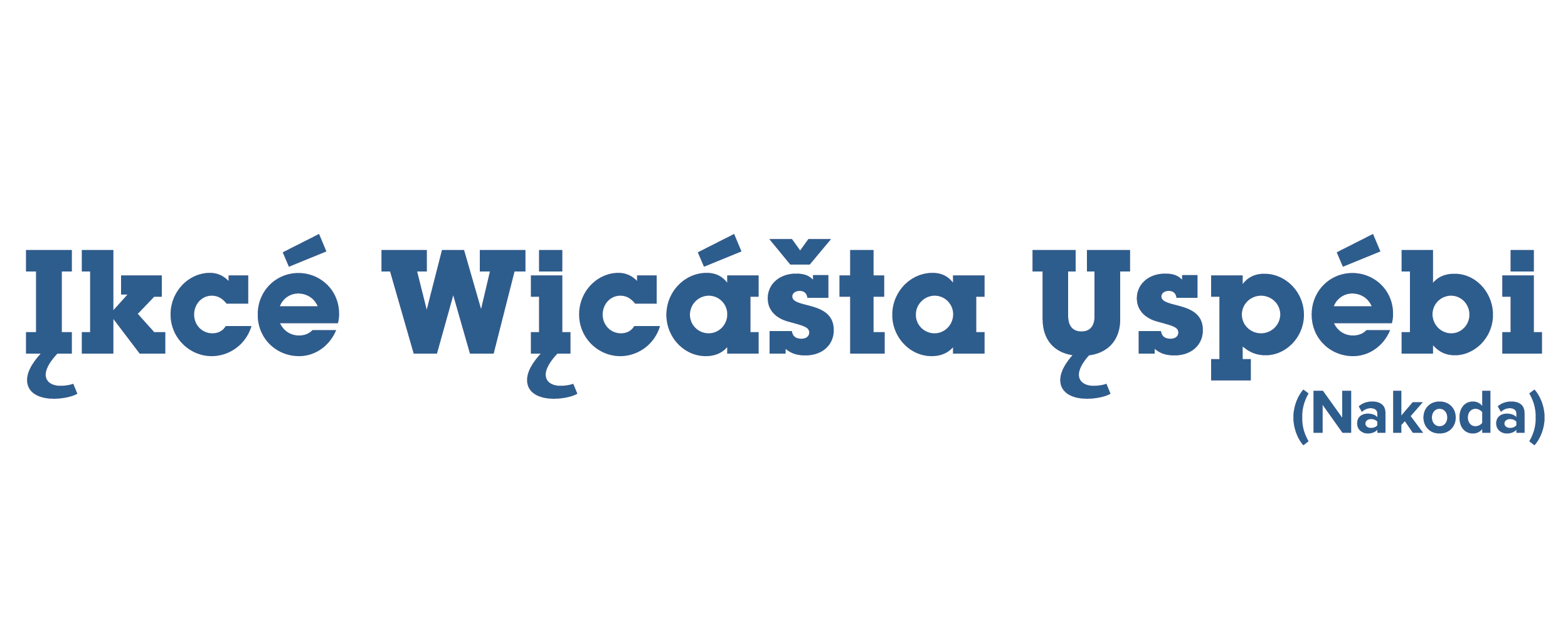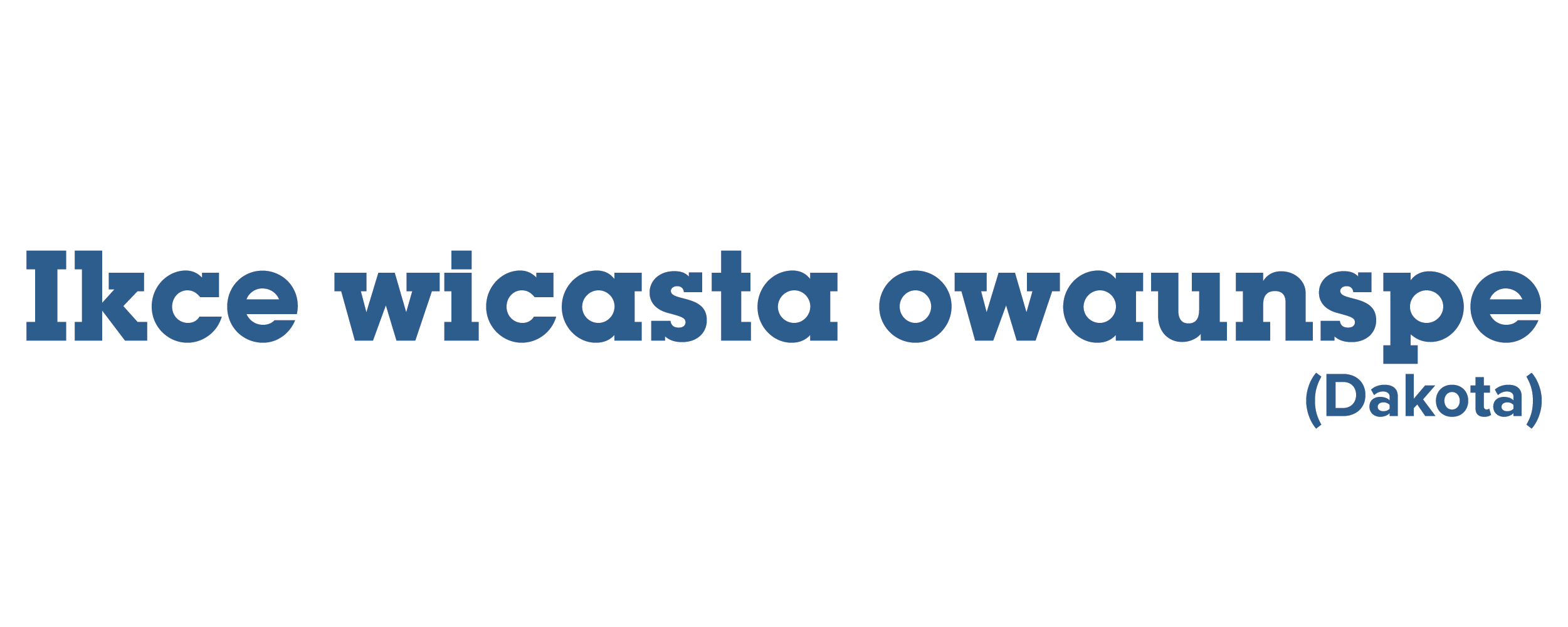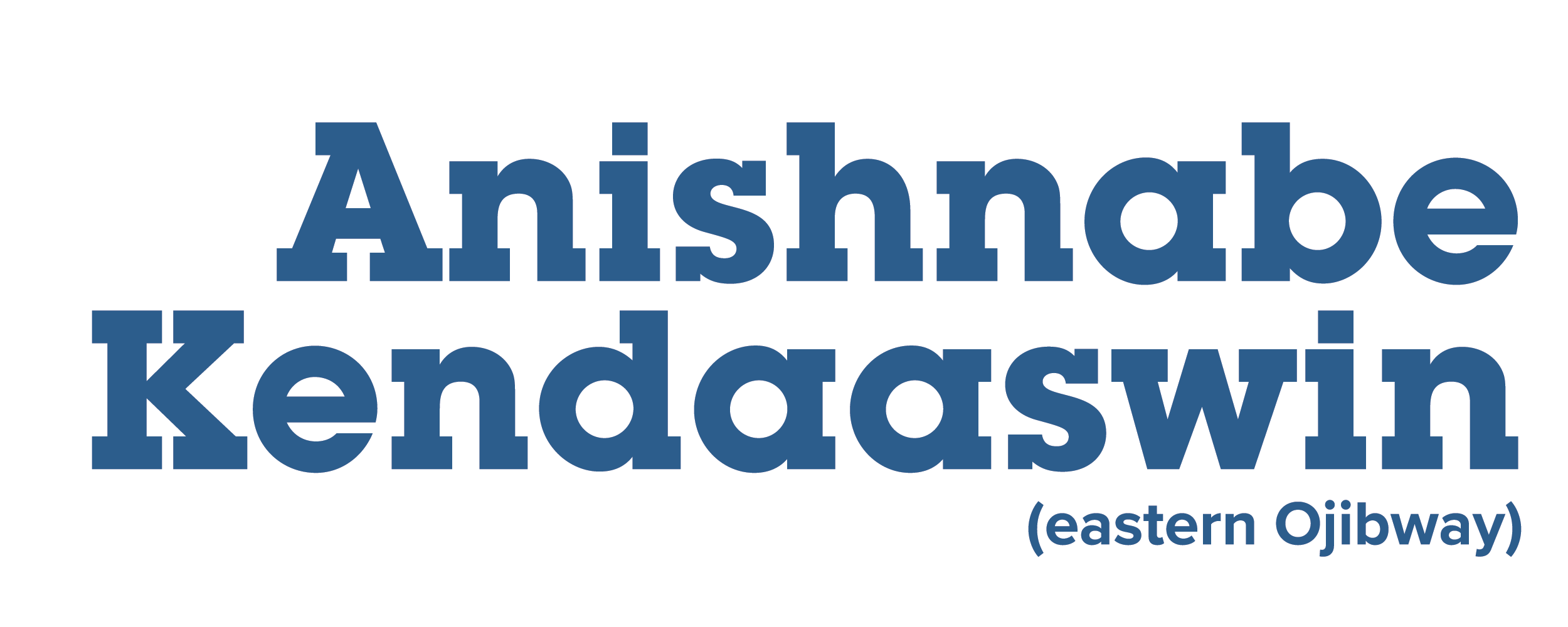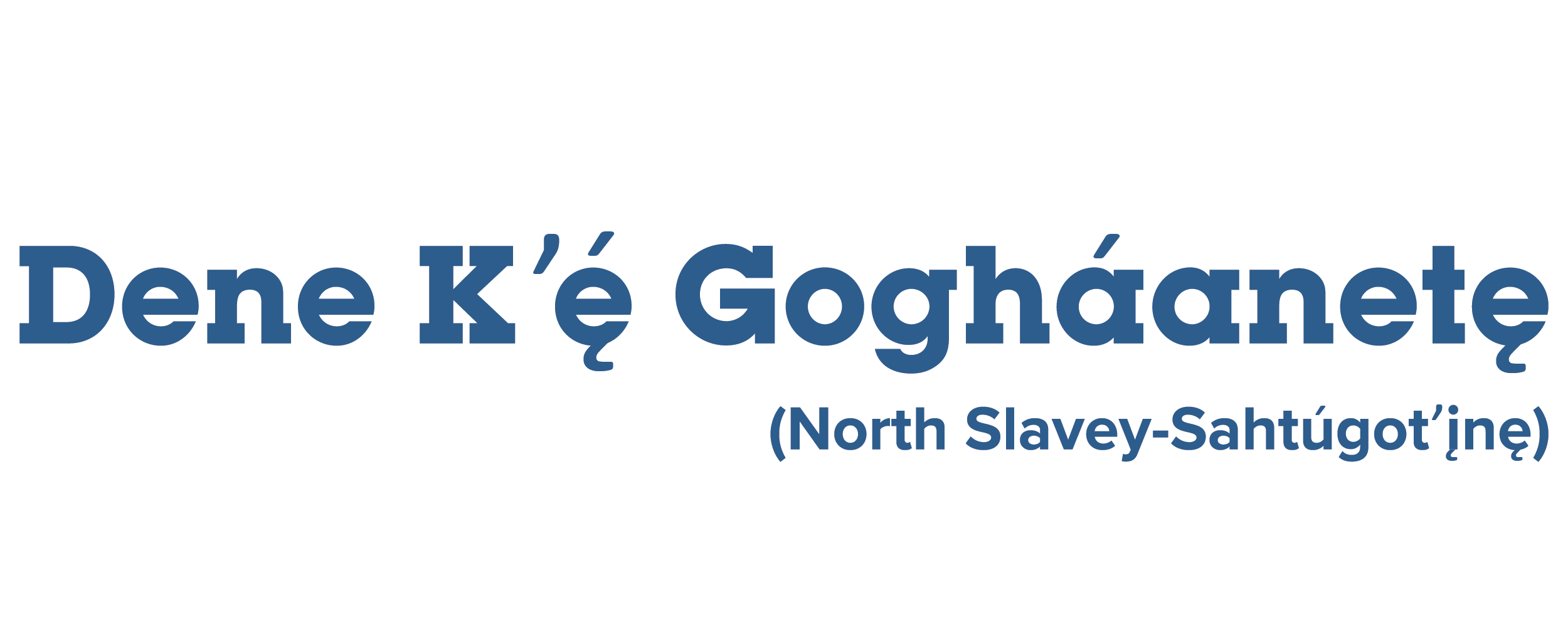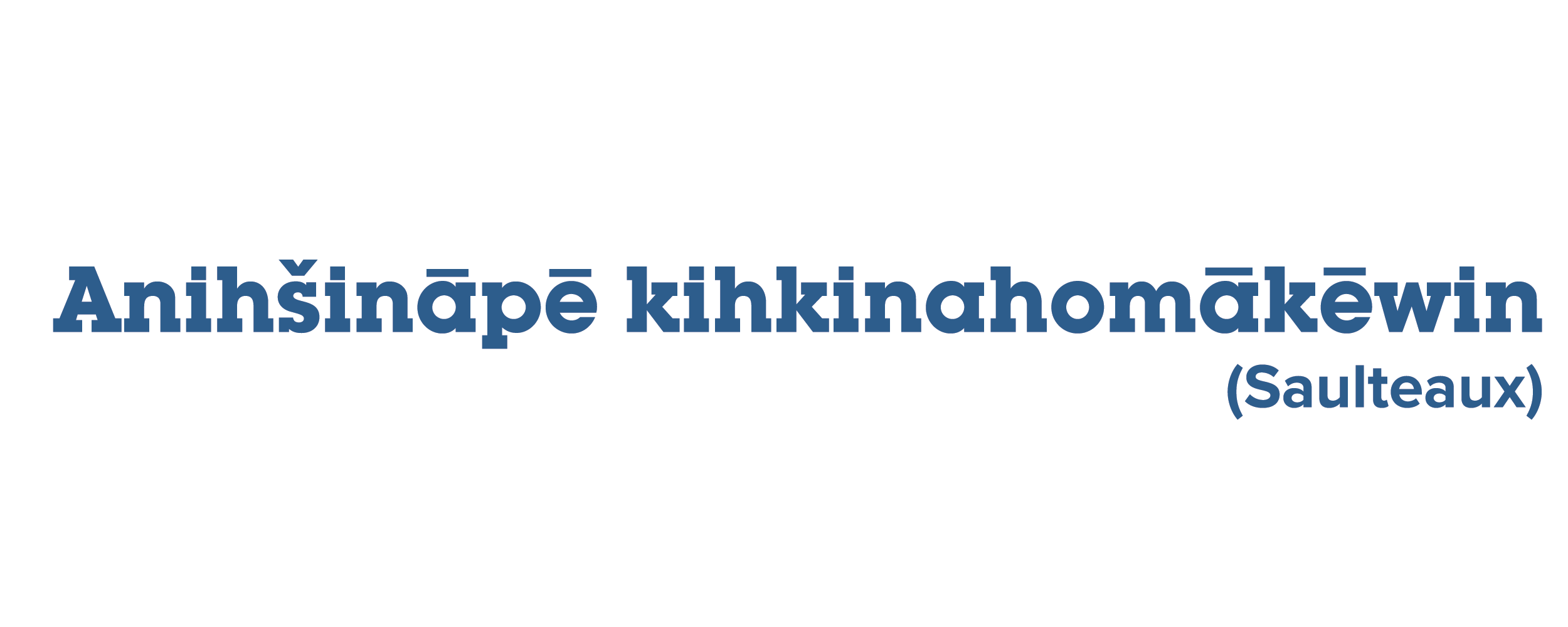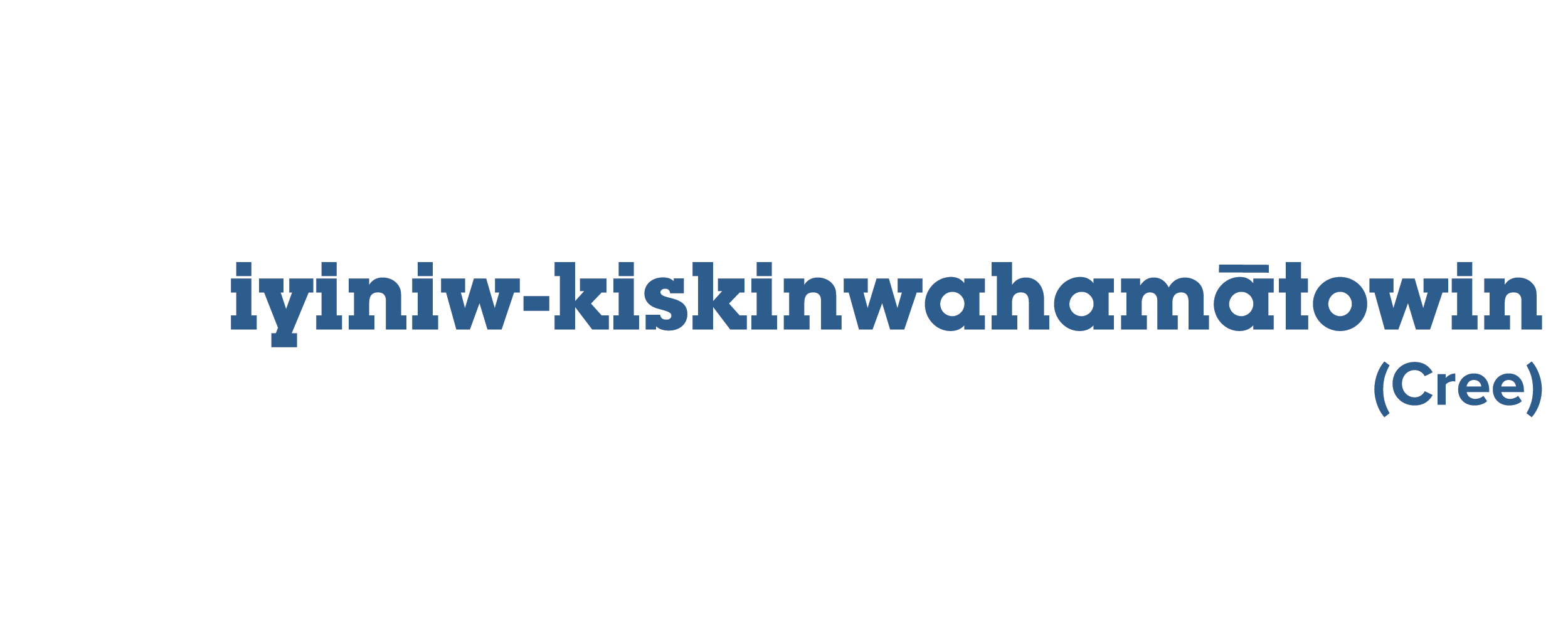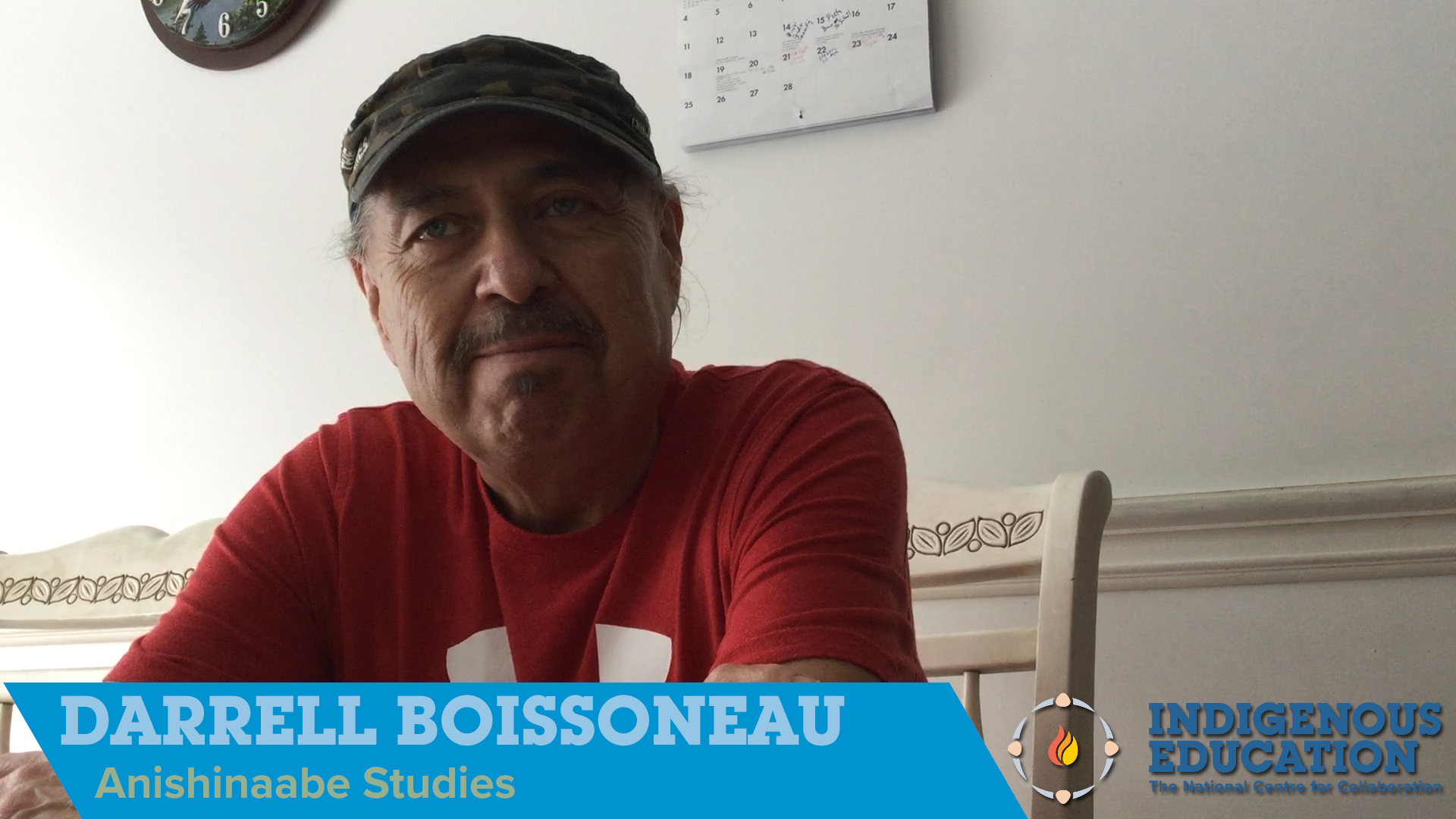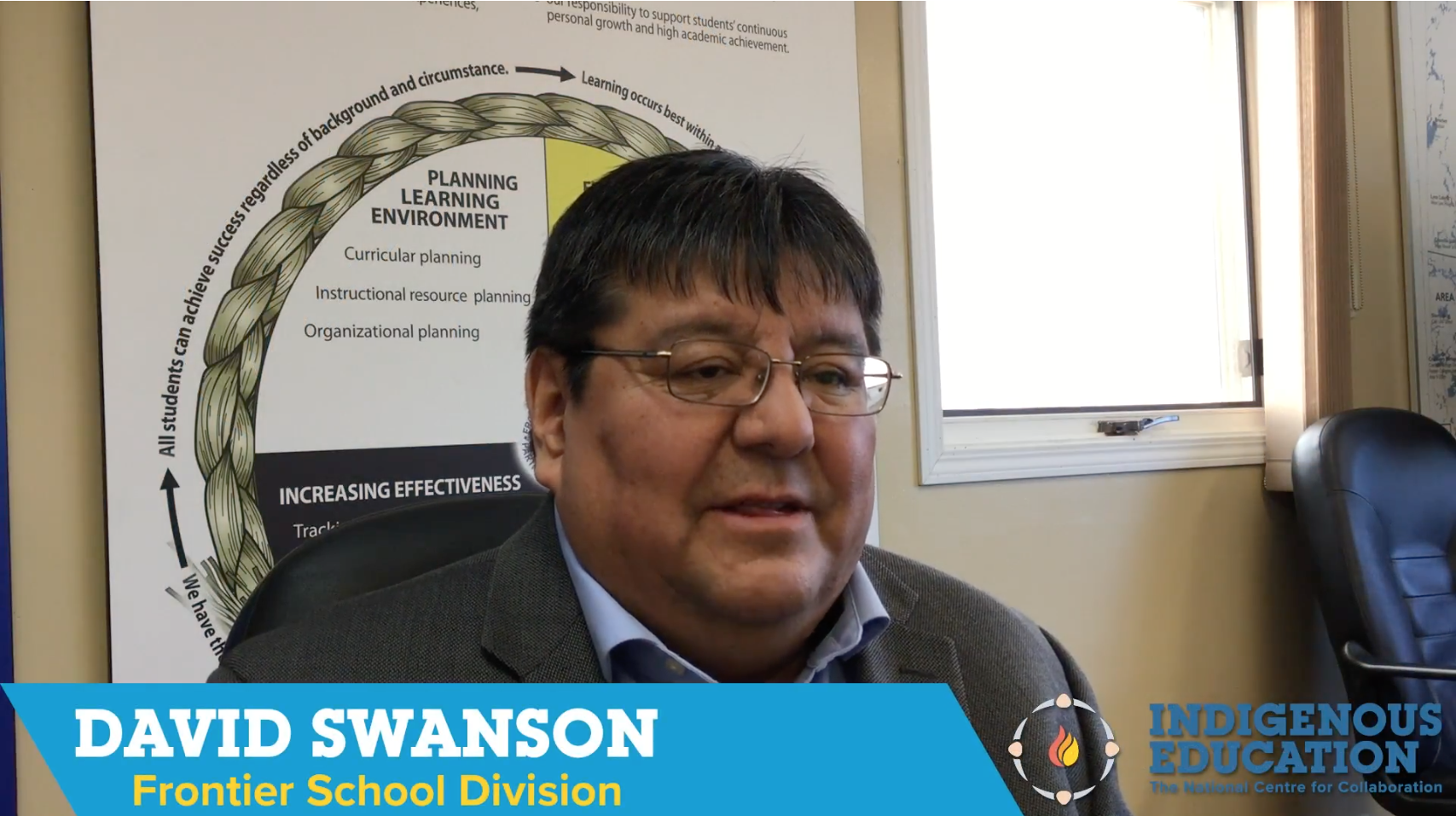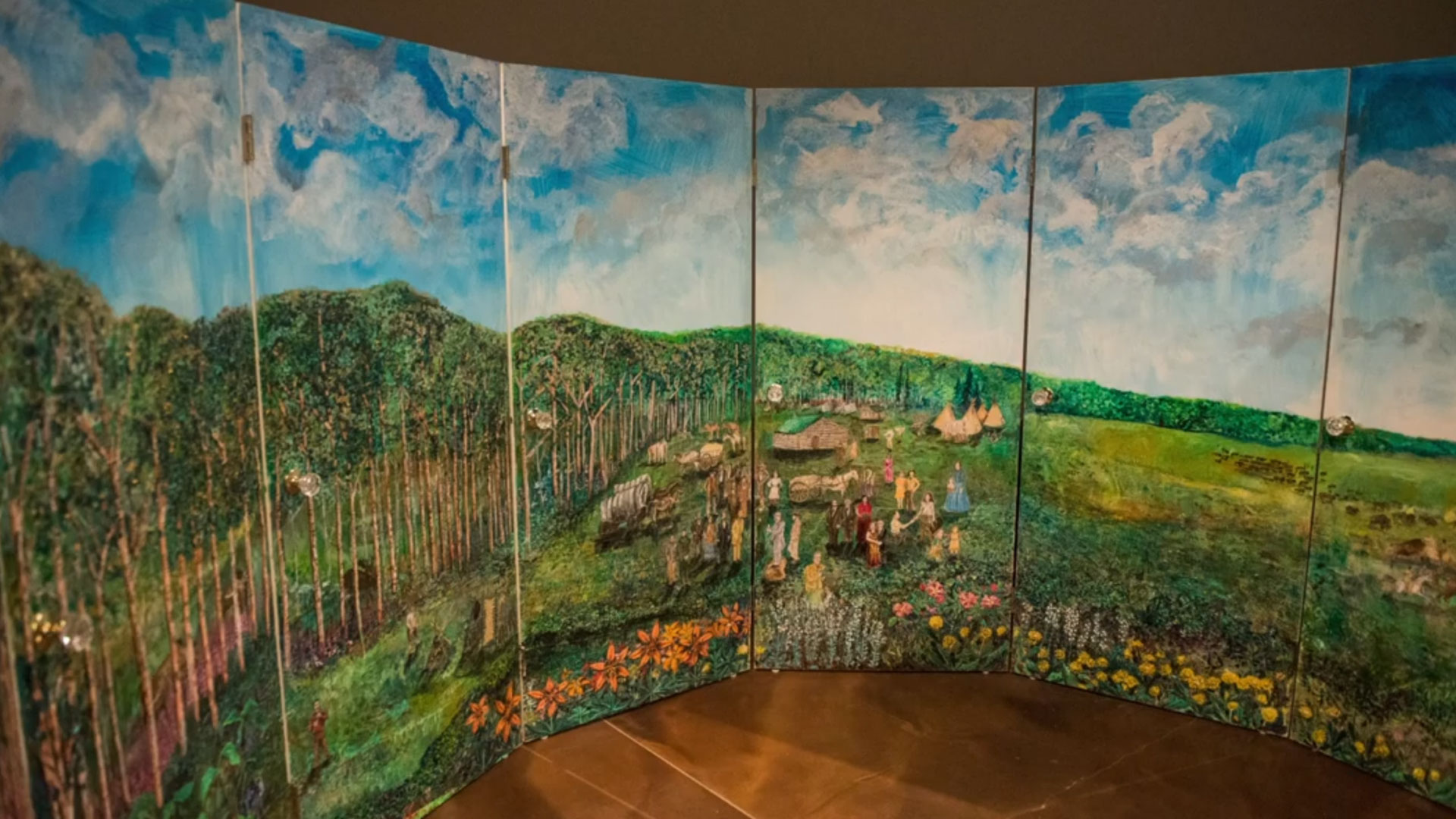Posted on June 22, 2018 by andrewkendall
χpey̓ Elementary School was developed by the Vancouver School Board in 2012 in response to calls from the community for an education that was culturally relevant for Indigenous youth and encompassing of local and surrounding traditional Indigenous knowledges. χpey̓’s students are largely Indigenous, although the school also has many non-Indigenous students who attend. The teachers […]
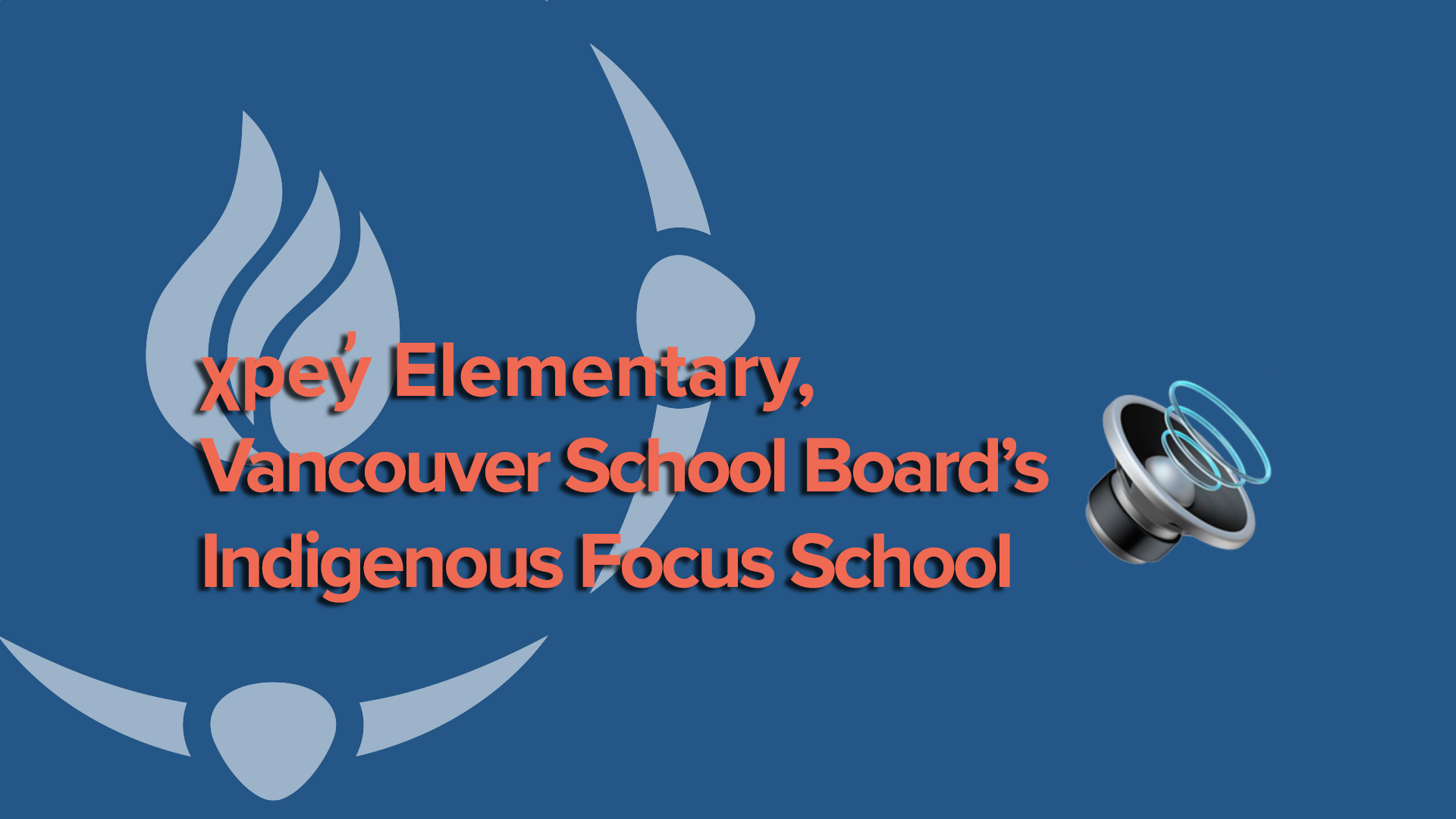
χpey̓ Elementary School was developed by the Vancouver School Board in 2012 in response to calls from the community for an education that was culturally relevant for Indigenous youth and encompassing of local and surrounding traditional Indigenous knowledges. χpey̓’s students are largely Indigenous, although the school also has many non-Indigenous students who attend. The teachers at χpey̓ are each Indigenous and bring their own cultural knowledge and experiences to the school. They infuse Indigenous pedagogies into the BC curriculum with the aim of providing classrooms and teaching which encompass a holistic model of education. The school is focused on teaching “the shared worldviews of Indigenous people and environmentalists” and aims to “honour the shared values, experiences and histories of all Indigenous peoples as well as the aspects that make each nation unique.”
Posted on June 21, 2018 by Emanuelle Dufour
Unique in Quebec, Nunavik Sivunitsavut offers one-year courses on Inuit and circumpolar history, politics, governance, culture, and language. Students explore global modern issues from an Inuit perspective. In doing so, they gain invaluable insight into Nunavik, its people and their culture. This post-secondary urban program is specially designed for Nunavik students and began in the […]
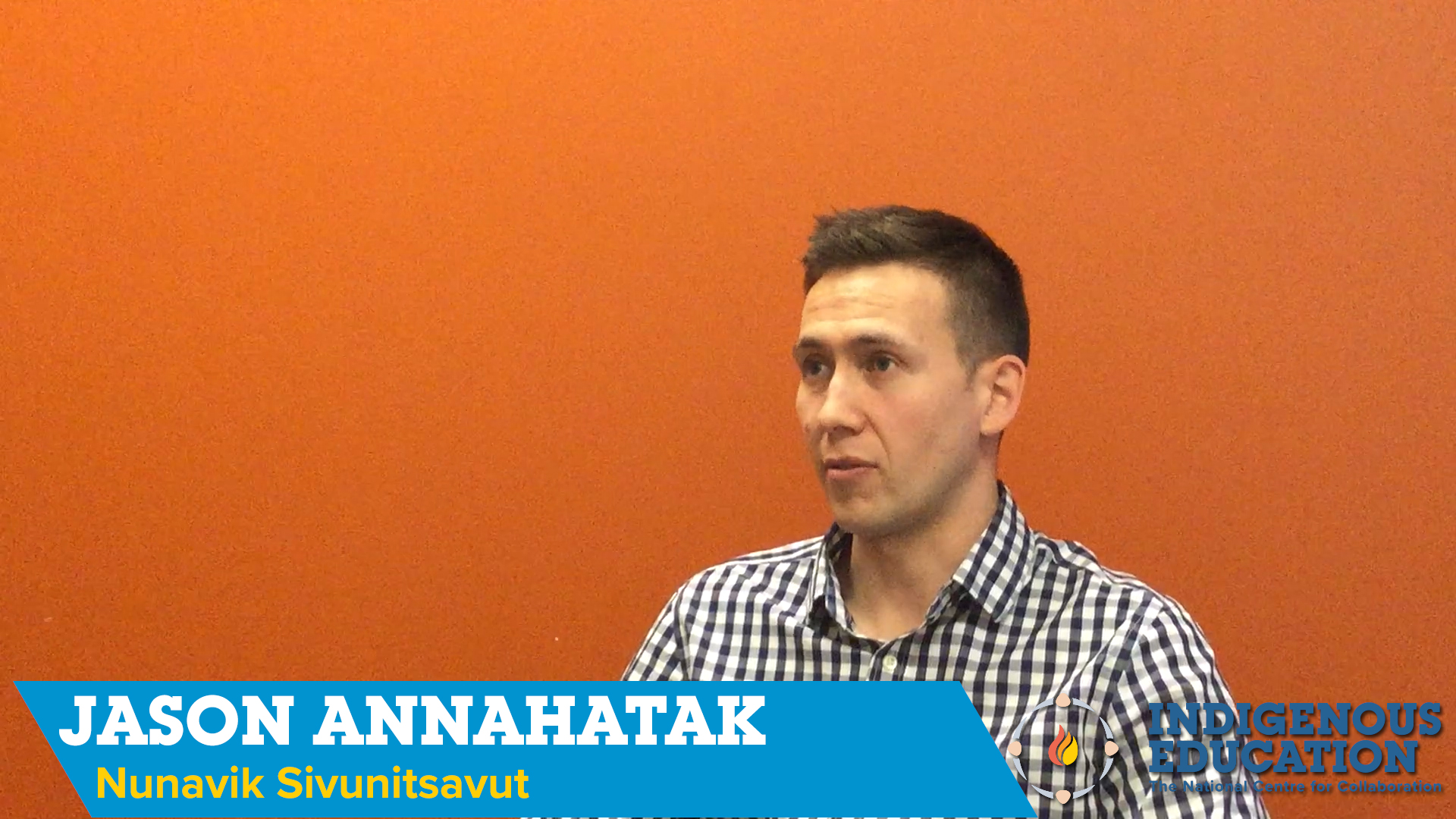
Unique in Quebec, Nunavik Sivunitsavut offers one-year courses on Inuit and circumpolar history, politics, governance, culture, and language. Students explore global modern issues from an Inuit perspective. In doing so, they gain invaluable insight into Nunavik, its people and their culture. This post-secondary urban program is specially designed for Nunavik students and began in the fall of 2017. It is based on the model of the Nunavut Sivunitsavut model in Ottawa, ON. To learn more, visit: https://sivunitsavut.ca/about-us/.
Nunavik Sivunitsavut signifie Nunavik: notre avenir en langue inuktitut. Unique en son genre, ce programme postsecondaire en milieu urbain spécialement conçu pour les étudiants du Nunavik a été inauguré à l’automne 2017 d’après le modèle du modèle du Nunavut Sivunitsavut d’Ottawa et à l’initiative concertée de Kativik Ilisarniliriniq (anciennement nommé Commission scolaire Kativik ) et du Collège John Abbott. En plus de ces deux partenaires, la Corporation Makivik, le Gouvernement régional Kativik et de l’Insitut culturel Avataq composent aujourd’hui le comité consultatif de Nunavik Sivunitsavut. La collaboration du Collège John Abott et de la commission scolaire inuite remonte à plus d’une vingtaine d’années. Initié en 2015, l’élaboration du programme Nunavik Sivunitsavut fait suite à des discussions amorcées il y a plus de 10 ans par l’organisme Saputiit et répond à une demande clairement exprimée par les communautés du Nunavik lors des consultations Parnasimautik en 2014. Les cours de niveau postsecondaire offerts par Nunavik Sivunitsavut permettent aux étudiants inuit du Québec d’étudier l’histoire, la langue et les cultures circumpolaires dans le but de contextualiser les enjeux territoriaux, politiques, culturels et socioéconomiques du Nunavik et de ses populations. Il vise ainsi à favoriser le développement du Inuguiniq ou l’autonomie et la confiance ainsi que le leadership de chacun de ses étudiants à travers l’engagement communautaire, la fierté identitaire, le développement académique et l’imminik illinianiq (ou la connaissance de soi). Le programme combine un passage tremplin vers les études collégiales à travers une offre de cours adaptés et accrédités dans le but de favoriser la diplomation postsecondaire. La première cohorte comprend dix-huit étudiants inuit, de 17 à 38 ans. Nunavik Sivunitsavut bénéficie du soutien financier du Gouvernement du Canada par le biais du ministère des Affaires autochtones et du Nord Canada ainsi que du soutien financier du ministère de l’Éducation et de l’Enseignement supérieur du Québec.
Remarque: Cette histoire est offerte en anglais seulement. Pour activer le sous-titrage, cliquez sur l’icône dans le coin inférieur droit de la vidéo. Ensuite, dans les paramètres, cliquez sur « Traduction automatique » et sélectionnez Français.
RÉFÉRENCES
Hinkson, K. (2017, septembre 20). New post-secondary program puts Inuit youth in touch with their culture. Consulté à l’adresse http://sivunitsavut.ca/en/ John Abbott College. (2017a).
Nunavik Sivunitsavut. Consulté à l’adresse http://www.johnabbott.qc.ca/2017/09/nunavik-sivunitsavut-program-launch/ John Abbott College. (2017b).
Nunavik Sivunitsavut. Consulté à l’adresse http://www.johnabbott.qc.ca/2017/09/nunavik-sivunitsavut-program-launch/ Kativik School Board. (2017).
Nunavik Sivunitsavut. Consulté à l’adresse http://sivunitsavut.ca/en/ Rogers, S. (2017, septembre 12).
Nunavik Sivunitsavut is a go. Consulté à l’adresse http://www.nunatsiaqonline.ca/stories/article/65674nunavik_sivunitsavut_is_a_go/
Posted on June 19, 2018 by Lisa Jodoin
Justin Sappier describes his experiences as a student in the Aboriginal Visual Arts program at the New Brunswick College of Craft and Design in Fredericton.
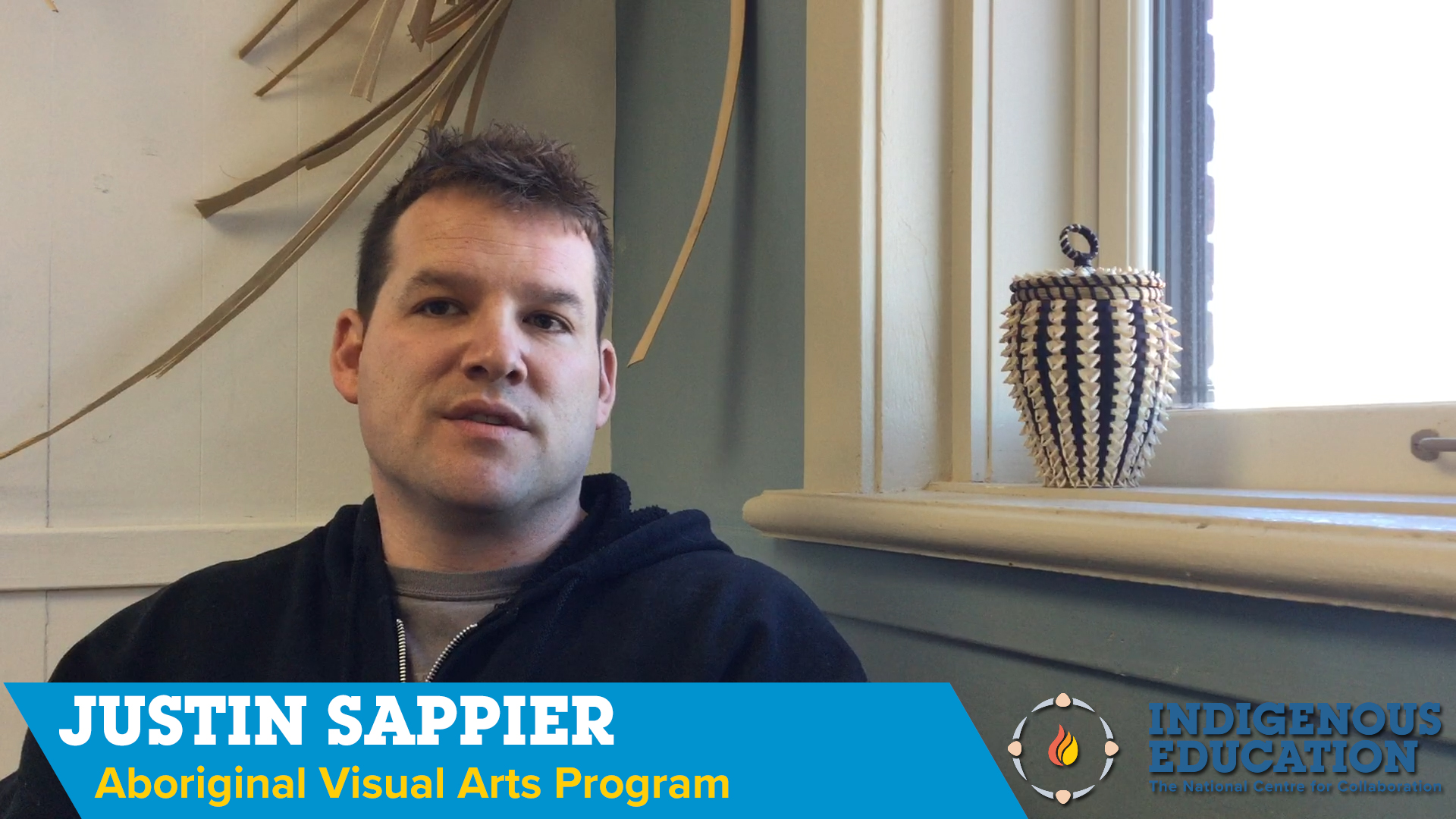
Justin Sappier describes his experiences as a student in the Aboriginal Visual Arts program at the New Brunswick College of Craft and Design in Fredericton.
Posted on June 15, 2018 by Lisa Jodoin
David Perley, former Director of the Mi’kmaq-Wolastoqey Centre at the University of New Brunswick, discusses the importance of Indigenous education.
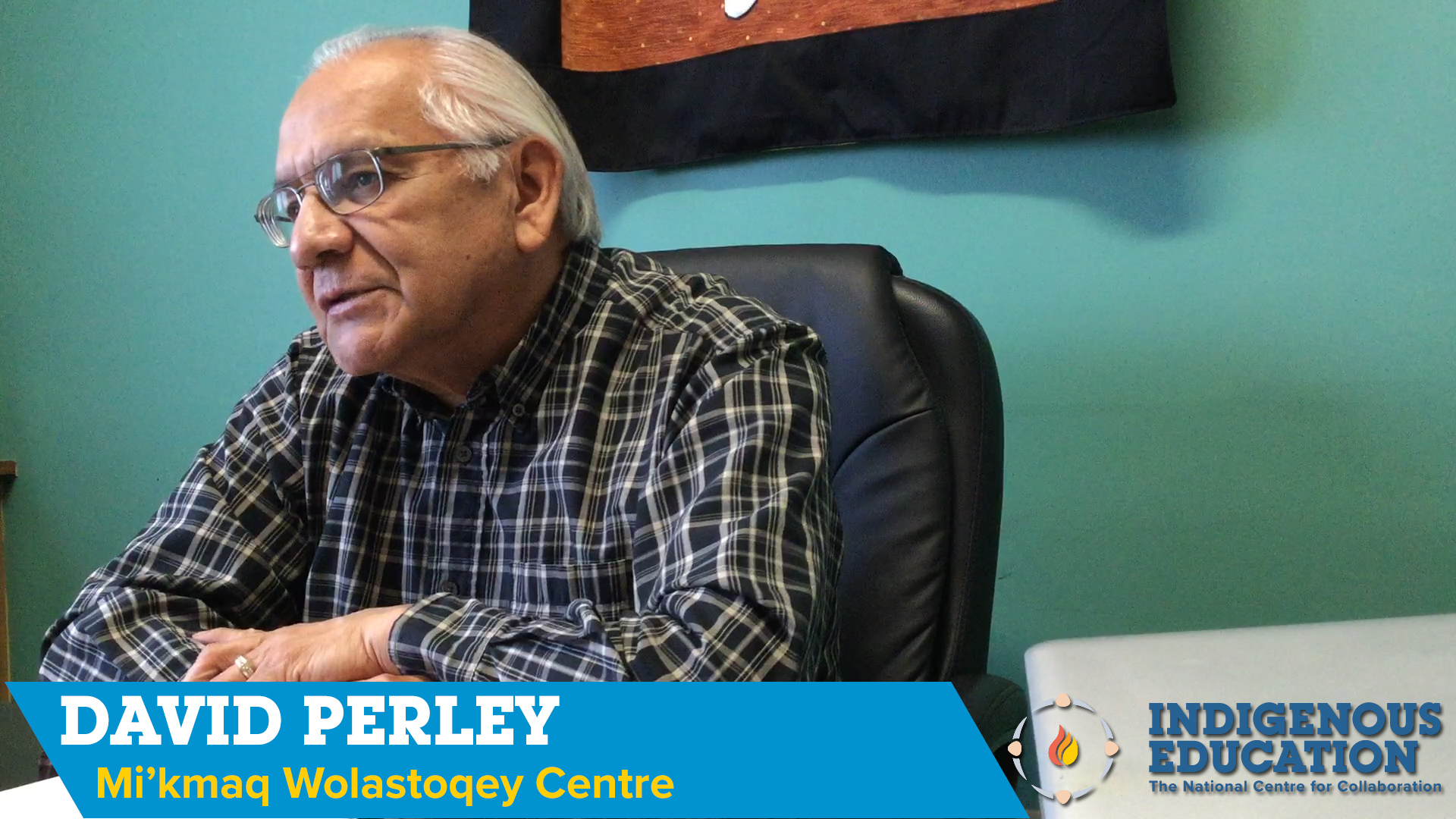
David Perley, former Director of the Mi’kmaq-Wolastoqey Centre at the University of New Brunswick, discusses the importance of Indigenous education.
Posted on May 28, 2018 by Kiara McLean
The Banuts’ukuih (meaning, canoe coming to shore in Lheidli) project is an example of the experiential learning opportunities led by Indigenous instructors in partnership with the University of Northern British Columbia. Other experiential courses have involved creating a pit house, decolonization through land stewardship, and moose-hide tanning. These courses offer Indigenous and non-Indigenous post secondary […]
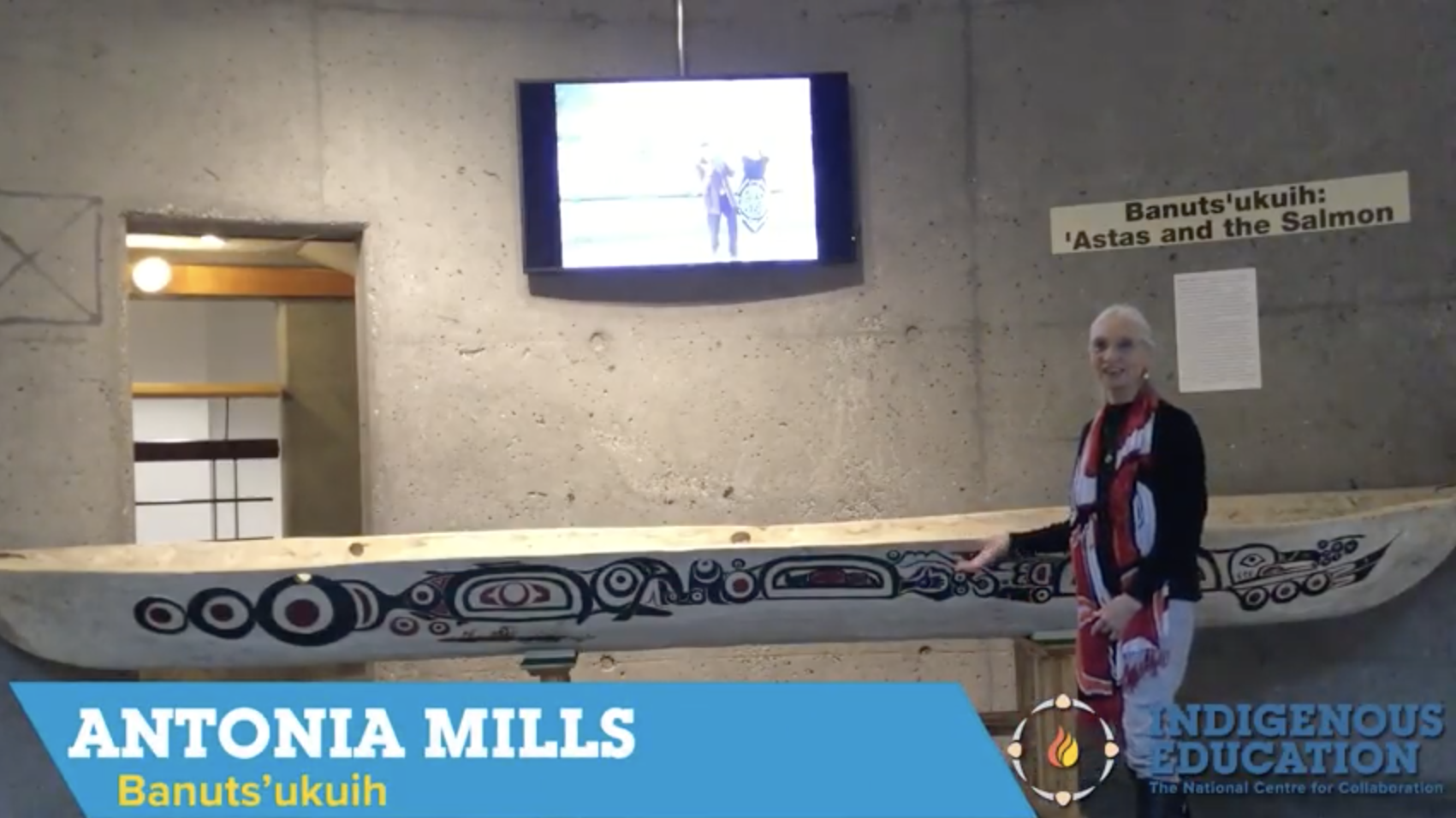
The Banuts’ukuih (meaning, canoe coming to shore in Lheidli) project is an example of the experiential learning opportunities led by Indigenous instructors in partnership with the University of Northern British Columbia. Other experiential courses have involved creating a pit house, decolonization through land stewardship, and moose-hide tanning. These courses offer Indigenous and non-Indigenous post secondary students the opportunity to learn about Indigenous cultures through participation in cultural activities – such as carving a cottonwood canoe. In addition, these courses allow for the transmission of oral traditions – such as the Lheidli T’enneh story of ‘Astas and the Salmon. https://www.unbc.ca/experiential-learning
Posted on May 22, 2018 by Timothy Merasty
Neeched Up Games plays a unique role in educating students and teachers about Indigenous history and culture in Saskatchewan.
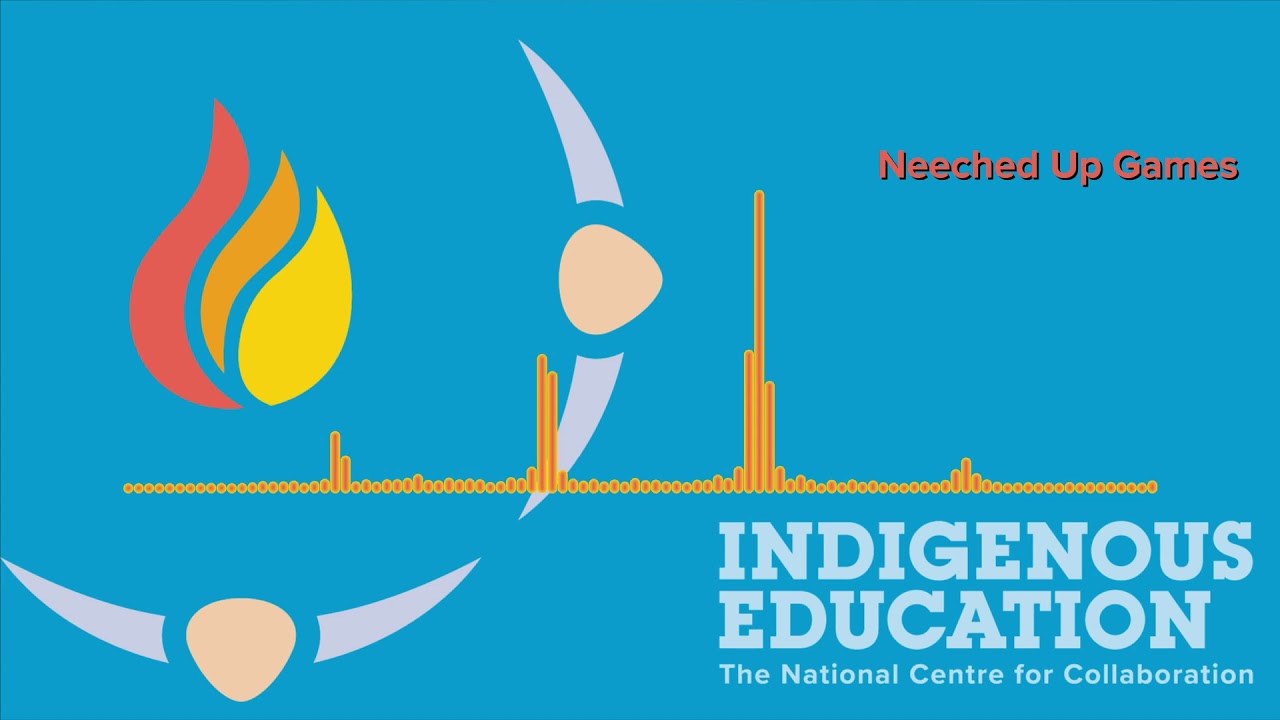
Owner of the social enterprise, Neeched Up Games, Janelle Pewapsconias, leads youth leadership and empowerment workshops, creates apps, and promotes role playing games that teach students and adults the history of Indigenous people in Canada. Pewapsconias hopes to bridge knowledge gaps between Canadians and Indigenous people in order to better understand Indigenous history, decolonization, identity, culture, empowerment, and sense of belonging. The Neeched Up subscription pack is available to teachers to both support their learning and to help them teach about treaties and reconciliation. To learn more about Neeched Up Games and the 2-4 hour workshops visit: https://neechedupgames.wordpress.com.
Posted on by Heather O'Watch
Rose Roberts, Education Development Specialist (Indigenous Engagement and Education) with the Indigenous Voices shares with us the importance of the initiative.
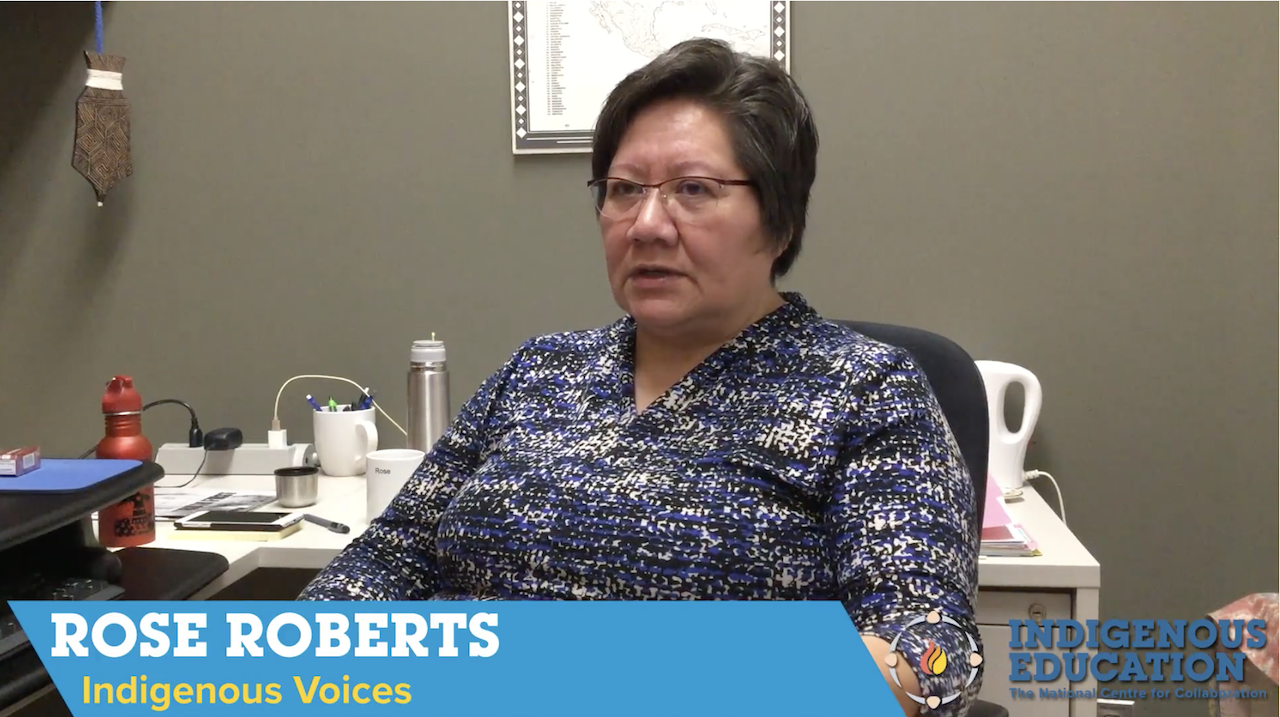
As a member of the Indigenous Voices team at the Gwenna Moss Centre for Teaching and Learning at the University of Saskatchewan, Rose Roberts helps faculty and staff in the process of indigenization. She supports faculty in learning about the true history of Indigenous people in Saskatchewan while also valuing Indigenous and Western knowledge within our educational institutions. Rose Roberts reminds us of the saying, “before we can have reconciliation we have to know the truth.” The university is transitioning its courses to be inclusive of Indigenous paradigms and offer multiple ways of learning.
Follow the link below to learn about the Traditional Garden on campus.
https://teachingtest.usask.ca/traditional-garden/index.php
The institutional commitment to indigenize academia has been integrated into the University of Saskatchewan’s institutional plan. Take a look by following the link.
https://teaching.usask.ca/curriculum/indigenization.php#WhatisIndigenization



